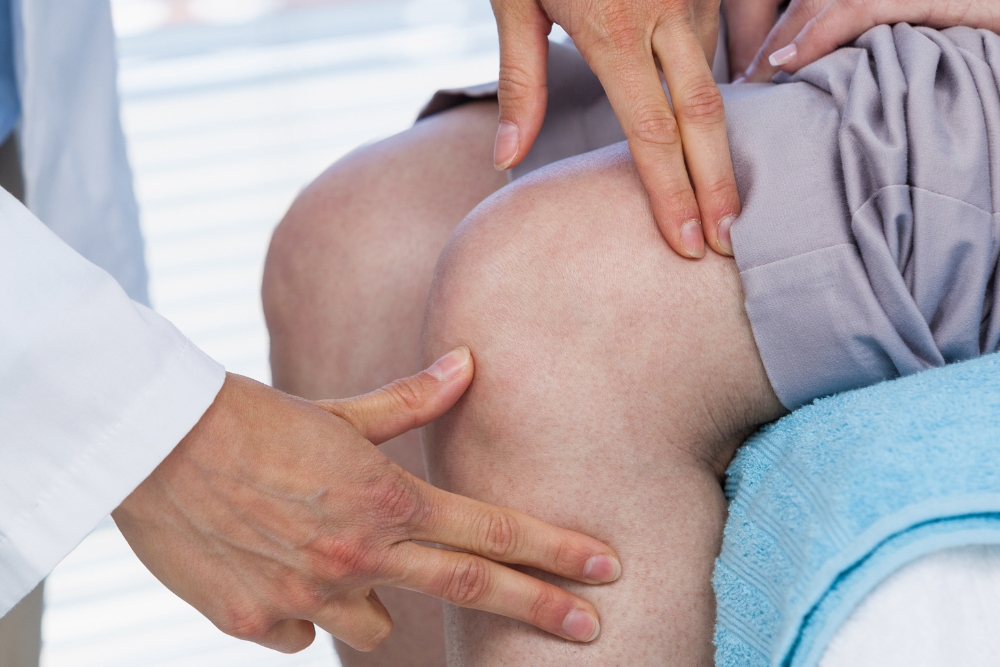Exercises That May Be Recommended in Post-Hip Replacement Recovery
Hip replacement surgery is a common procedure that can dramatically improve quality of life for those suffering from hip pain and mobility issues. However, the journey to full recovery requires dedication to a structured rehabilitation program. Post-hip replacement recovery exercises play a crucial role in restoring strength, flexibility, and function while preventing complications such as blood clots and muscle atrophy.

What Is Post-Hip Replacement Recovery?
Post-hip replacement recovery is a comprehensive rehabilitation process that typically begins within hours of surgery and continues for several months. This recovery phase focuses on gradually restoring mobility, strength, and independence while allowing the new hip joint to properly integrate with surrounding tissues. The recovery timeline varies for each individual, but most patients can expect significant improvements within 3-6 months following surgery.
During the initial recovery phase, patients work closely with healthcare professionals to ensure proper healing and prevent complications. The recovery process is carefully structured to progress from basic movements to more complex activities, always prioritizing patient safety and optimal outcomes.
Which Exercises for Hip Replacement Are Most Effective?
Several categories of exercises have proven particularly effective for hip replacement patients. Ankle pumps and calf raises help improve circulation and prevent blood clots during the early recovery phase. These simple movements can be performed while lying in bed and are typically introduced within the first 24 hours after surgery.
Walking exercises begin early in the recovery process, often starting with short distances using assistive devices. Progressive walking programs help strengthen the hip muscles while improving overall cardiovascular health. Range-of-motion exercises, including gentle hip flexion and extension movements, help maintain joint flexibility and prevent stiffness.
Strengthening exercises targeting the gluteal muscles, quadriceps, and hip abductors become increasingly important as recovery progresses. These exercises help stabilize the new hip joint and restore functional strength for daily activities.
How Does Hip Replacement Rehabilitation Progress?
Hip replacement rehabilitation follows a carefully planned progression that adapts to each patient’s healing timeline and individual needs. The acute phase, lasting 1-2 weeks post-surgery, focuses on pain management, basic mobility, and preventing complications. During this phase, exercises are gentle and primarily aimed at maintaining circulation and preventing muscle weakness.
The subacute phase, typically weeks 2-6, introduces more active exercises and increased mobility training. Patients gradually increase walking distances and begin incorporating strengthening exercises using light resistance. Physical therapy sessions become more intensive, focusing on improving range of motion and building foundational strength.
The chronic phase, extending from 6 weeks to several months, emphasizes functional training and return to normal activities. Advanced strengthening exercises, balance training, and activity-specific movements become the primary focus during this phase.
What Role Does Physical Therapy Post Surgery Play?
Physical therapy post surgery serves as the cornerstone of successful hip replacement recovery. Licensed physical therapists assess individual patient needs, monitor progress, and adjust treatment plans accordingly. They provide expert guidance on proper exercise techniques, helping patients avoid movements that could compromise the new hip joint.
Professional physical therapists also educate patients about hip precautions, which are specific movement restrictions designed to prevent hip dislocation during the healing process. These precautions typically include avoiding hip flexion beyond 90 degrees, preventing internal rotation, and limiting hip adduction across the midline.
Additionally, physical therapists utilize various treatment modalities, including manual therapy, gait training, and functional exercises that prepare patients for real-world activities. They also provide valuable education about home exercise programs and long-term maintenance strategies.
What Factors Influence Hip Surgery Recovery?
Hip surgery recovery is influenced by numerous factors that can impact both the timeline and overall success of rehabilitation. Pre-surgical fitness levels play a significant role, as patients who maintain good physical condition before surgery often experience faster recovery times and better outcomes.
Age and overall health status also affect recovery progress. Younger patients typically recover more quickly, while those with multiple health conditions may require extended rehabilitation periods. The type of surgical approach used can influence early recovery, with minimally invasive techniques often resulting in shorter initial recovery phases.
Patient compliance with prescribed exercise programs and medical recommendations significantly impacts outcomes. Those who consistently follow their rehabilitation protocols and attend physical therapy sessions typically achieve better results. Additionally, adequate nutrition, proper sleep, and smoking cessation all contribute to optimal healing and recovery.
The recovery process can vary considerably based on individual circumstances, surgical techniques, and the availability of specialized care. Some patients may benefit from extended rehabilitation programs or additional supportive services during their recovery journey. Professional guidance throughout the recovery process helps ensure the best possible outcomes while minimizing the risk of complications.
Hip replacement surgery represents a significant step toward improved mobility and quality of life. With proper exercise programming, professional guidance, and patient dedication, most individuals can expect to return to their desired activity levels. The key to success lies in following prescribed rehabilitation protocols, maintaining open communication with healthcare providers, and remaining committed to the recovery process throughout all phases of healing.
This article is for informational purposes only and should not be considered medical advice. Please consult a qualified healthcare professional for personalized guidance and treatment.




